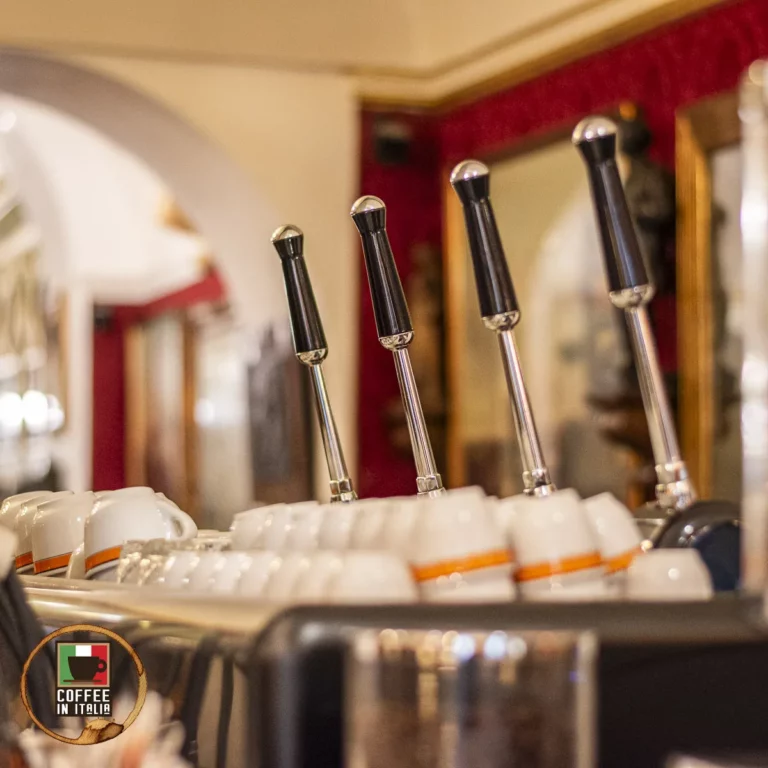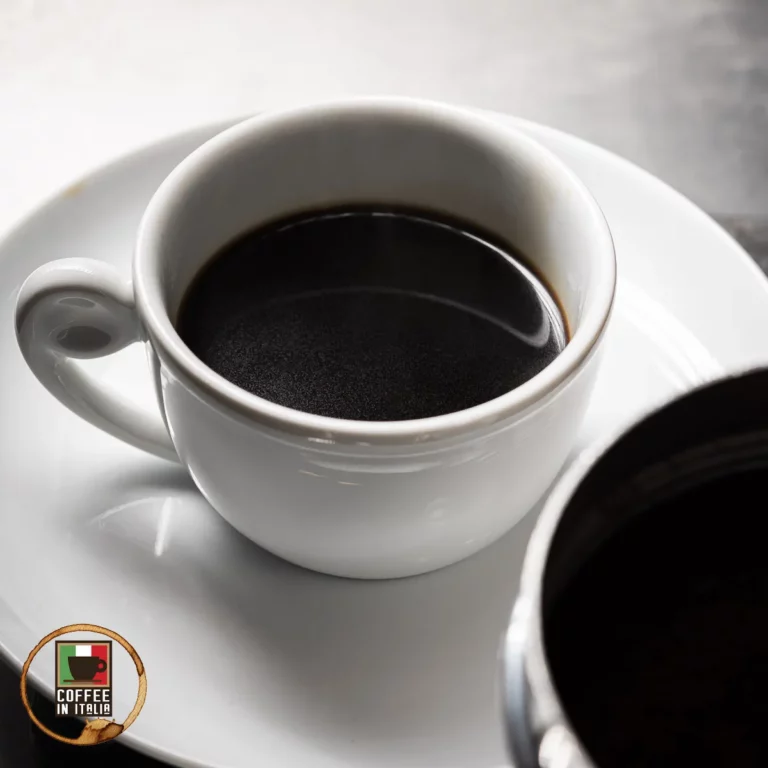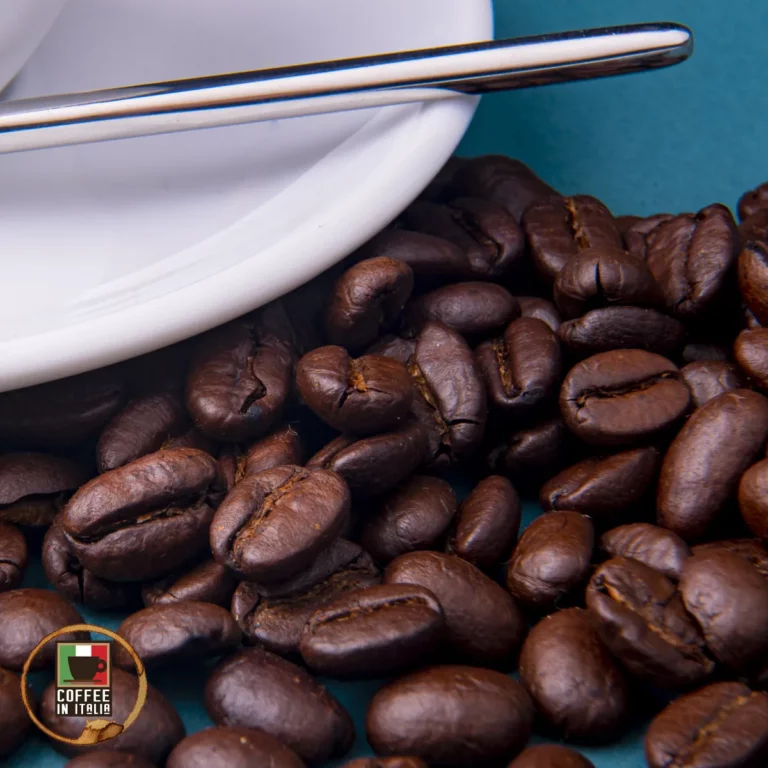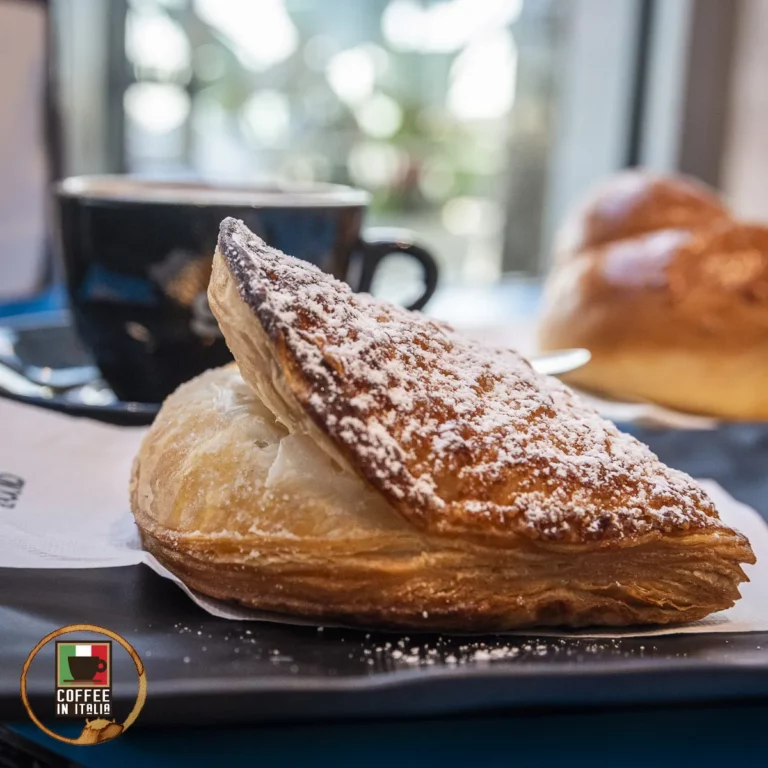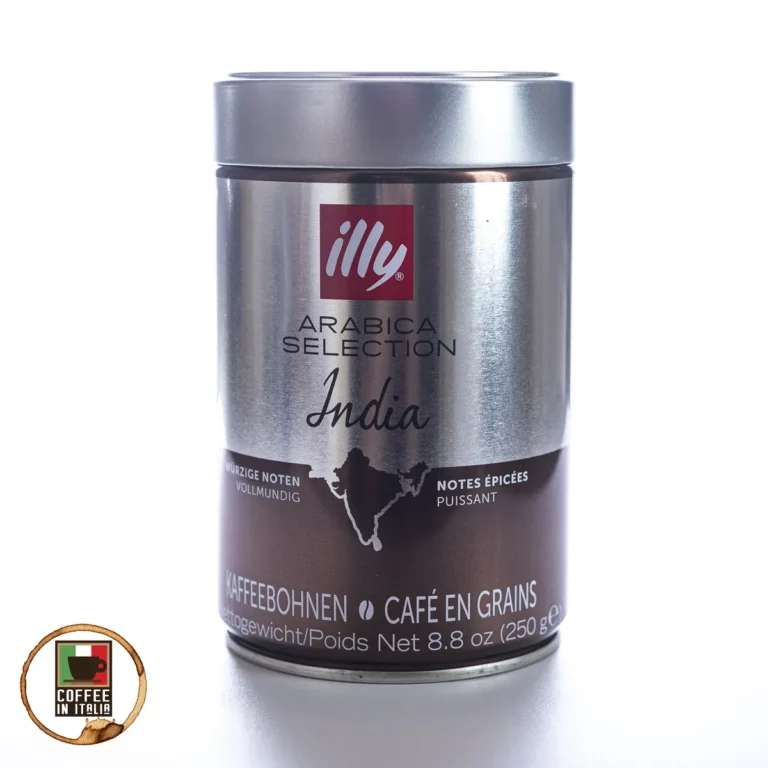The Influence Of Tourism On Coffee Culture In Italy
The influence that tourists bring with them to Italy and its impact on coffee culture is important to understand in its context and Italy’s traditions.
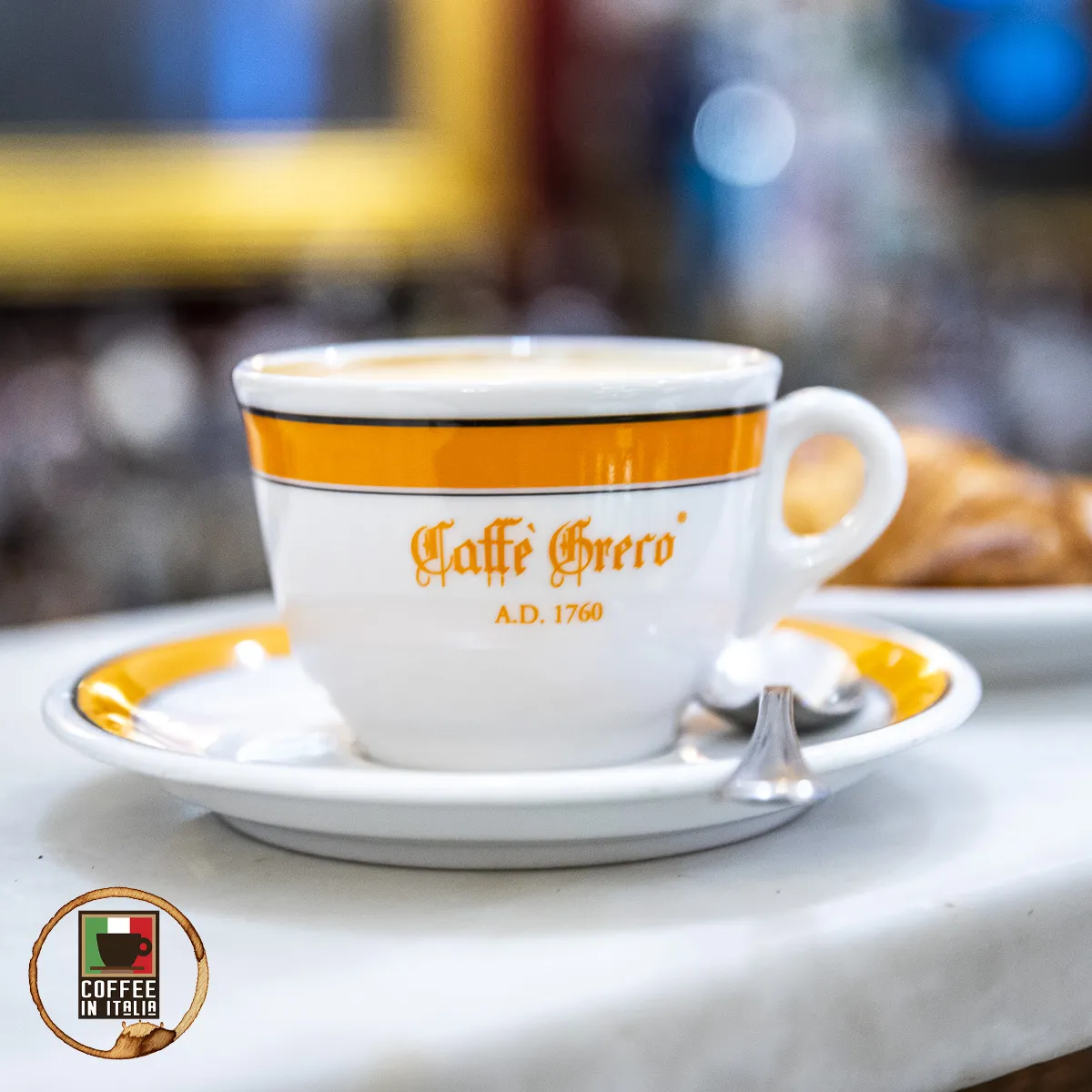
Picture yourself in a bustling Italian café where locals sip their espresso at the bar, exchanging pleasantries with the barista. Amid the chatter, tourists (including me) snap photos of their cappuccinos, marveling at the frothy latte art.
Italian coffee culture is iconic, steeped in tradition, yet increasingly influenced by global trade and tourism. How has this interaction shaped the essence of Italian coffee? Tourism has reshaped the coffee experience in Italy, blending traditional rituals with global expectations, offering both challenges and opportunities for this cherished cultural practice.
The Origins Of Italian Coffee Culture
Italian coffee culture is deeply rooted in history. The espresso, synonymous with Italy, emerged in the late 19th century as a quick and convenient way to enjoy coffee. Local coffee bars (cafés) became integral to daily life, serving as spaces where people could gather, socialize, and enjoy a quick espresso or cappuccino. The barista, a skilled artisan, became a respected figure, crafting coffee with precision and pride.
Distinct regional traditions further enriched this culture. For instance, Naples is renowned for its strong, rich coffee served in iconic porcelain cups, while Venice boasts historical cafés like Caffè Florian, established in 1720.
These practices emphasize quality and simplicity, a stark contrast to the complex, sugary coffee drinks popular in the US, UK and many other countries.
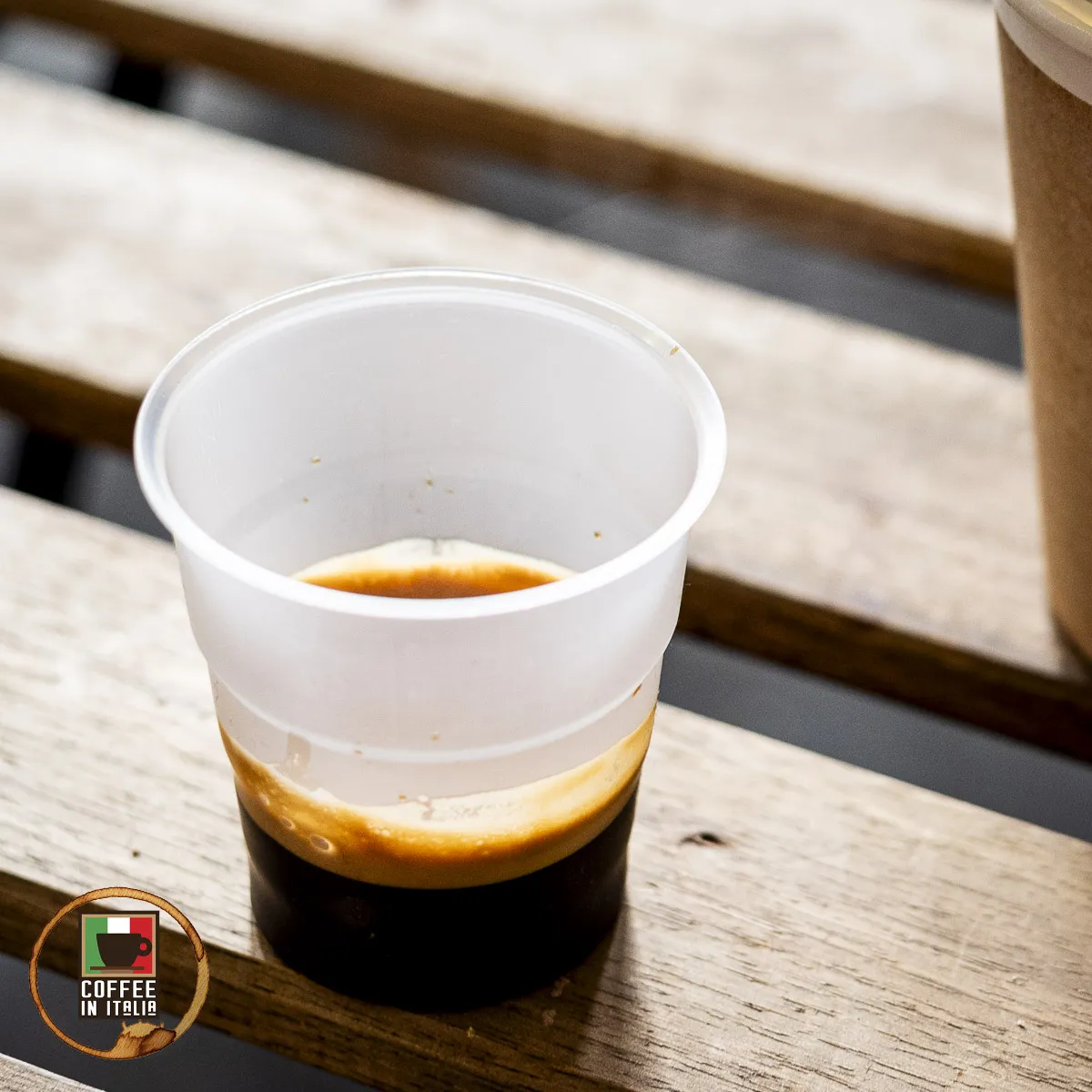
The Rise Of Tourism In Italy
Post-World War II, Italy experienced a tourism boom, with millions flocking to iconic cities like Rome, Florence, and Venice. Visitors sought not only art and architecture but also culinary and cultural experiences, with coffee culture at the forefront.
For many tourists, sipping an espresso or cappuccino became an essential part of their Italian experience, despite the differences in the coffee cultures between their home country, and Italy.
With this increased global attention came global expectations. Tourists often arrive with misconceptions about Italian coffee customs, such as ordering cappuccinos any time of the day or expecting extensive menus in English.
Cafés in tourist-heavy areas quickly adapted to meet these demands, blending tradition with modern convenience. Recent additions, like the “Flat White”, were added to cater to the larger global audience. This influence was so great that simple requests for un caffè were met with the question: “Are you sure you want an espresso?” instead of some other concoction they were familiar with at home.
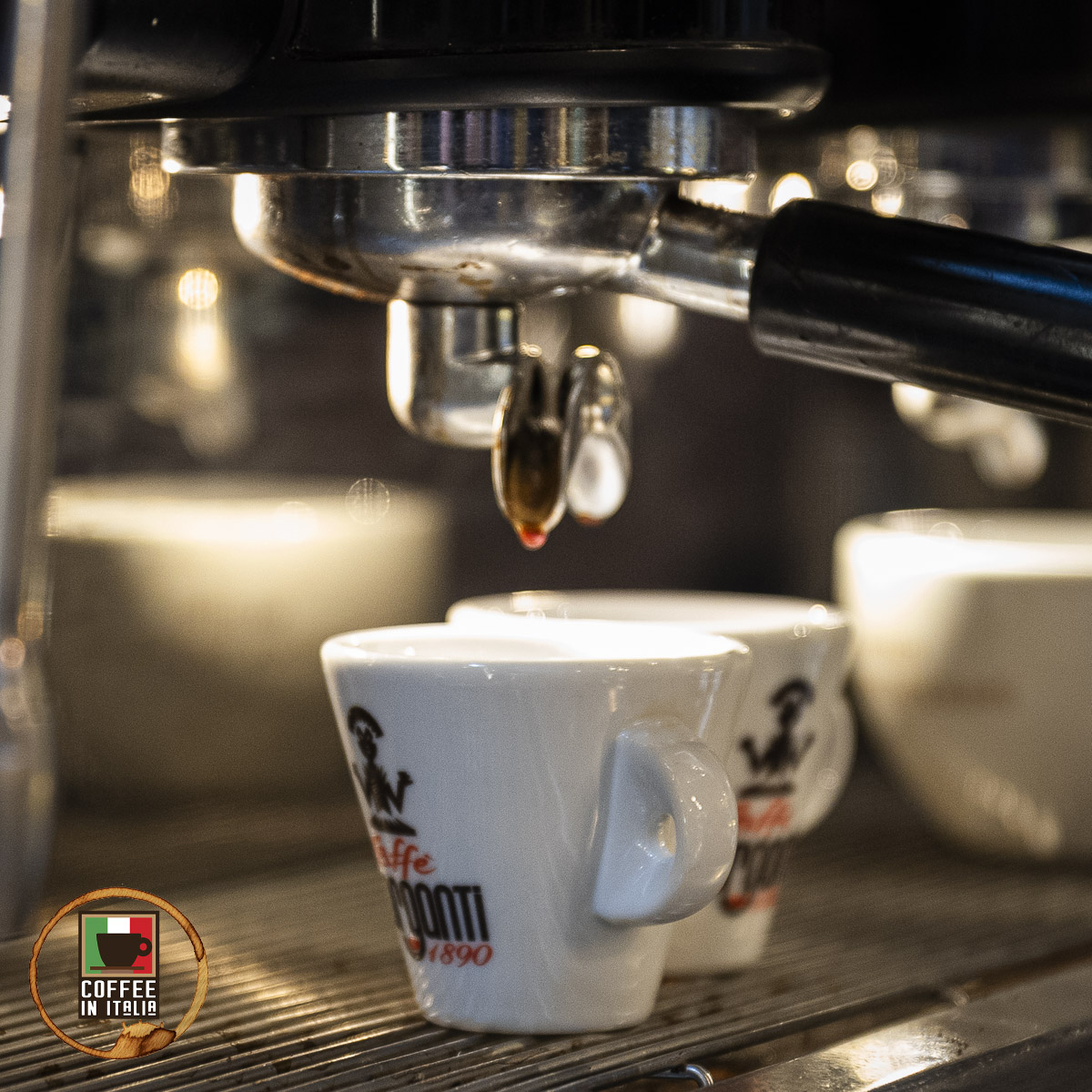
Coffee Culture Changes Driven By Tourism
Tourism has brought significant changes to Italian coffee culture, some of which are controversial. Cafés in major tourist hubs now cater to international tastes, offering innovations like iced coffee, flavored lattes, and takeaway cups, concepts traditionally foreign to Italy.
Menus increasingly feature translations and some establishments prioritize customer convenience over the unhurried, communal atmosphere that defines local coffee traditions. Even though these changes attract a broader tourist client base, traditional coffee culture critics argue they dilute the authenticity of Italian coffee culture.
Historic cafés like Rome’s Antico Caffé Greco and Venice’s Caffè Florian often face a dilemma: balancing their historic charm and traditional practices with the need to remain relevant in a competitive, tourist-driven market.
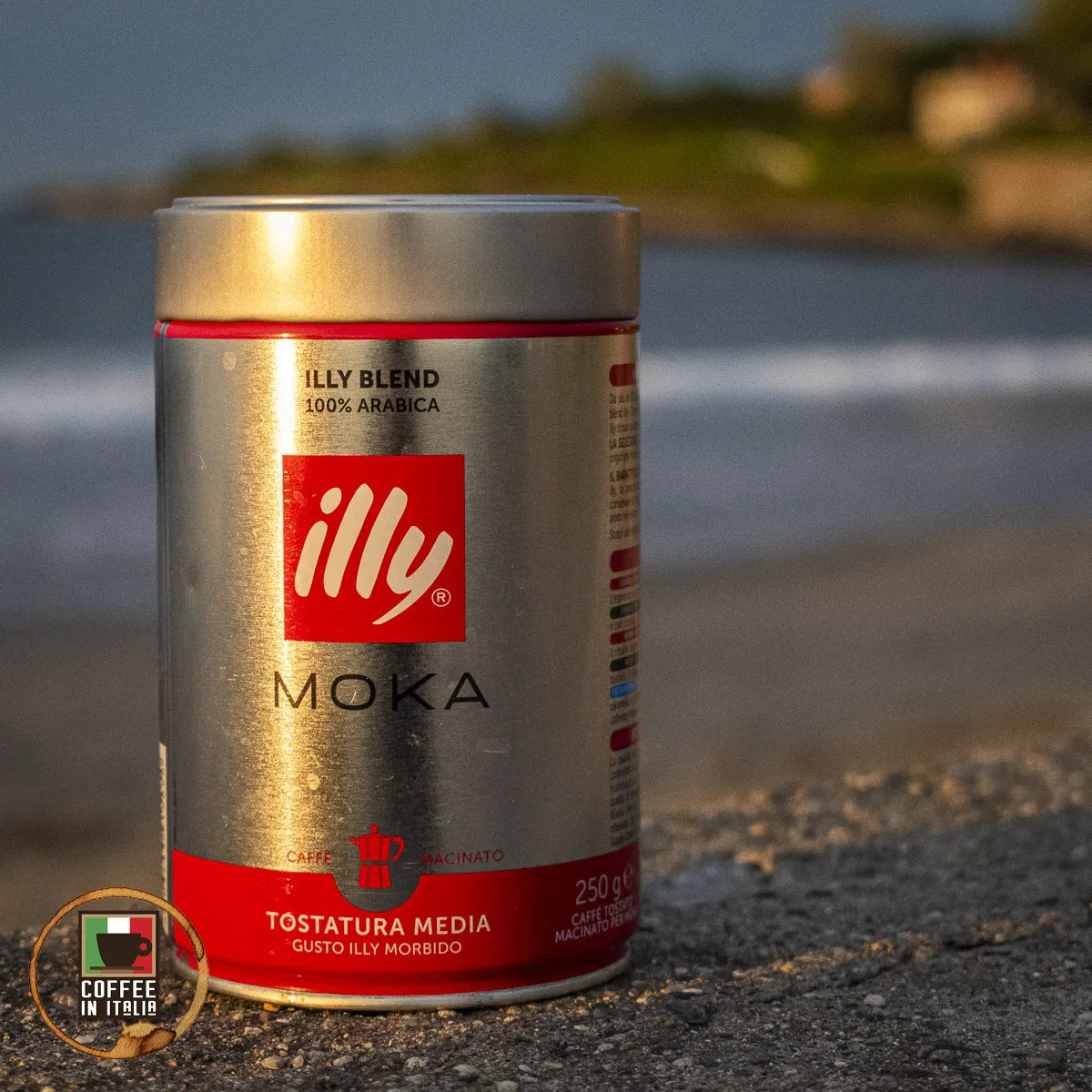
Are There Positive Coffee Culture Impacts From Tourism?
Despite these challenges, tourism has also had positive effects on Italian coffee culture. One significant benefit is the global appreciation for the traditional Italian coffee culture it has fostered. Tourists who experience high-quality espresso and traditional coffee rituals in Italy often return home with a newfound respect for these practices.
This cultural exchange has fueled the growth of Italian coffee brands like Lavazza and Illy, which now enjoy worldwide recognition.
Tourism drives significant revenue for local cafés, particularly in popular destinations. These beautiful Cafés have become attractions in their own right, with iconic spots drawing visitors eager to experience a slice of Italian history alongside their coffee. You might not want to spend €5 on a cappuccino, but to enjoy it in a historical caffè surrounded by art and history makes it seem not quite so expensive.
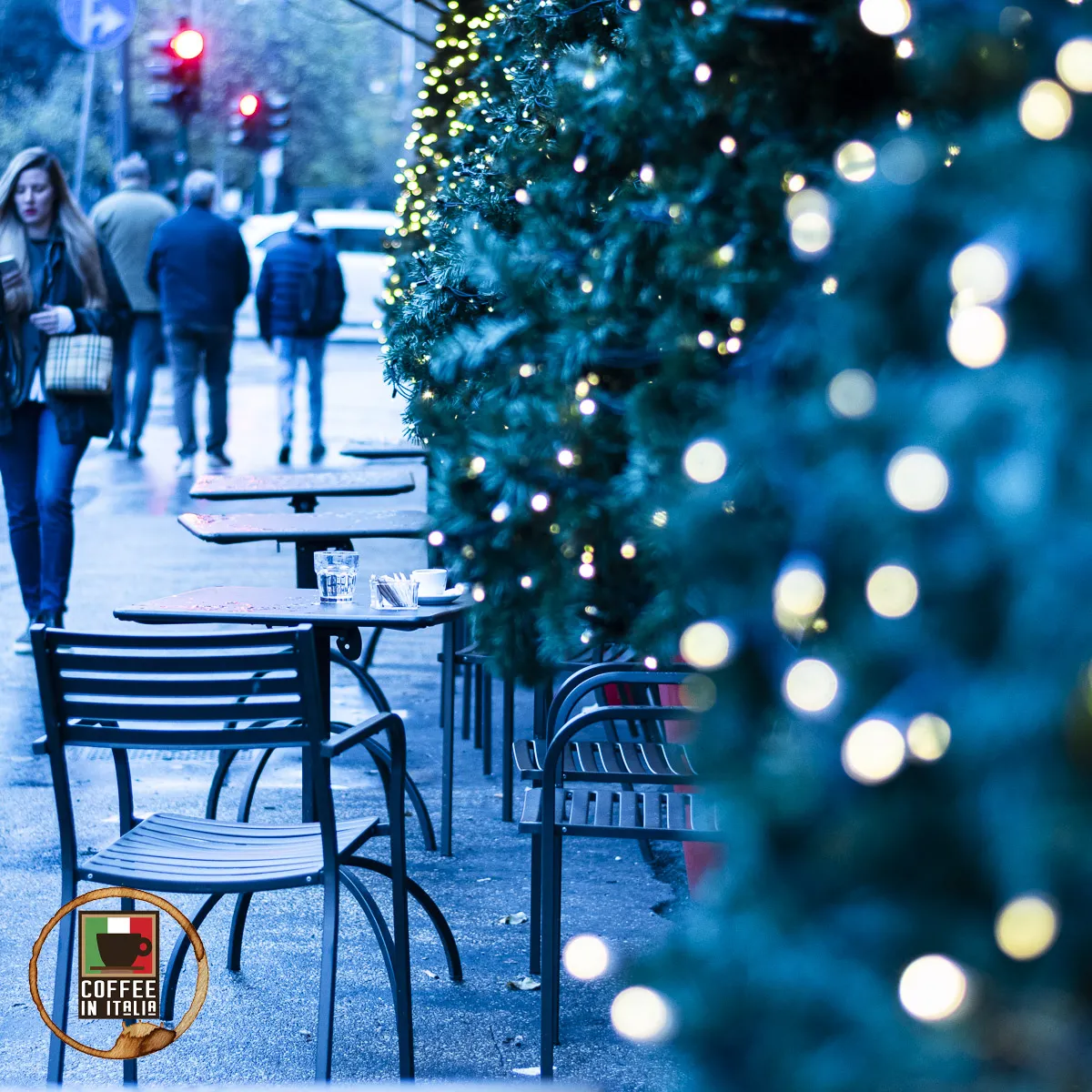
Tourist Challenges And Critiques
The influx of tourists has not been without its downsides. Over-tourism in cities like Rome, Florence and Venice has led to overcrowded cafés, where the sheer volume of visitors can disrupt the leisurely pace locals value. If you try to get into Sant’Eustachio il Caffè an any time other than right after they open, you are looking at a pretty long line.
The Future Of Italian Coffee Culture In A Globalized World
As tourism continues to shape Italian coffee culture, the future lies in finding a balance between tradition and innovation. Cafés can preserve traditional practices while incorporating modern elements that appeal to tourists, such as ethically sourced coffee and environmentally friendly packaging.
Ultimately, both locals and tourists play a role in shaping the future of Italian coffee culture. Tourists can contribute positively by respecting traditions and seeking out authentic experiences, while café owners and baristas can embrace innovation without losing sight of their cultural roots.
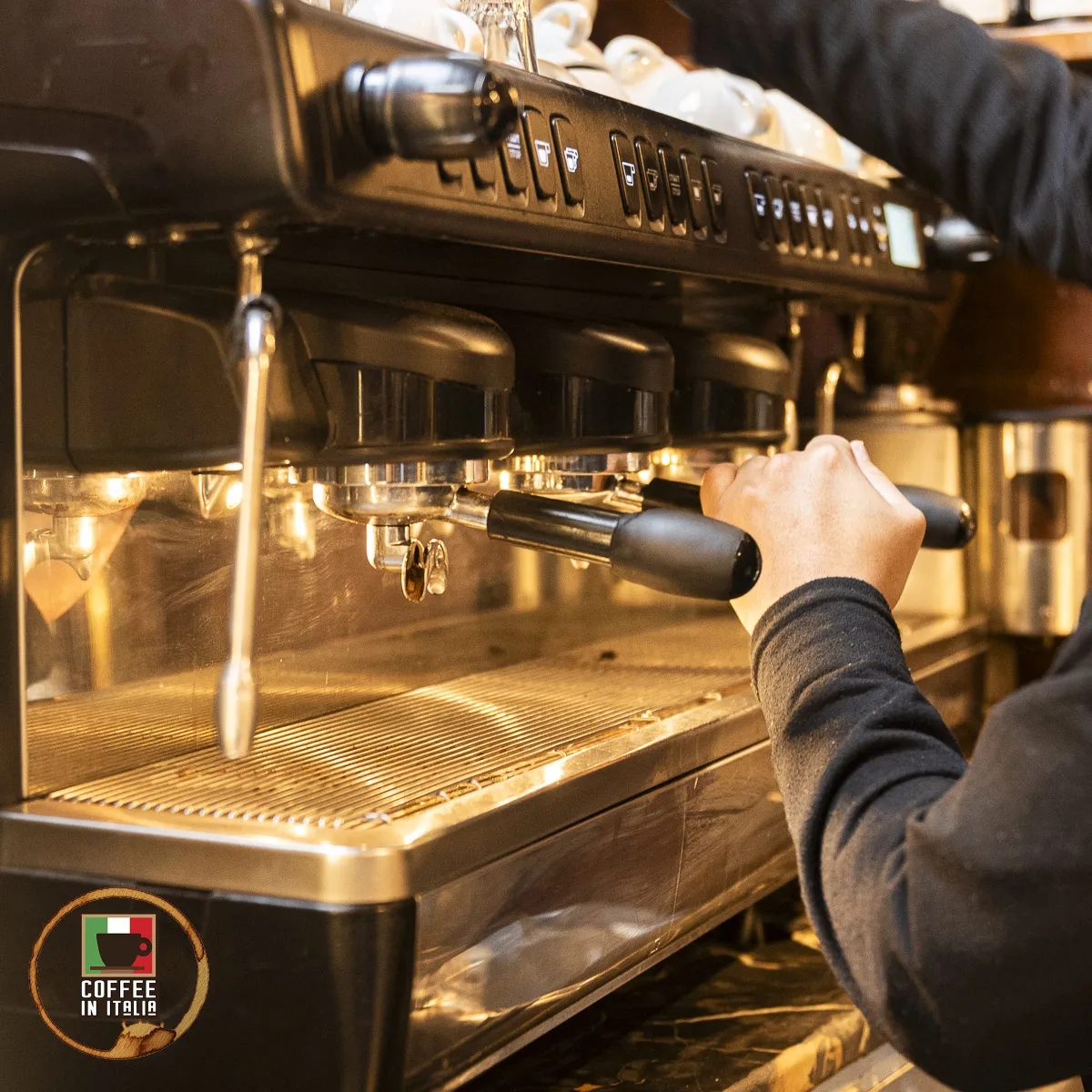
The Influence Of Tourism On Coffee Culture
The dynamic interplay between tourism and Italian coffee culture has led to a rich, evolving landscape. While challenges like over-tourism and the risk of losing authenticity persist, opportunities for cultural exchange and economic growth abound. For more information on Italian coffee culture, be sure to check out of these other articles:
- Italian Coffee Culture: Tradition, Taste And Community.
- A Suspended Coffee For Your Fellow Coffee Drinker.
- The Best Italian Coffee Drinks That You Will Love.
- How To Order Coffee In Italy – Our Helpful Guide.
- These Are The Best Italian Coffee Cities For Culture.
- Italian Coffee Roasting Profiles Are As Diverse As Italy.
- How Can Italian Coffee Culture Influence The Globe?
- How Do Italian Values Influence Italian Coffee Culture?
- What Does Coffee Say About Social Class In Italy?

